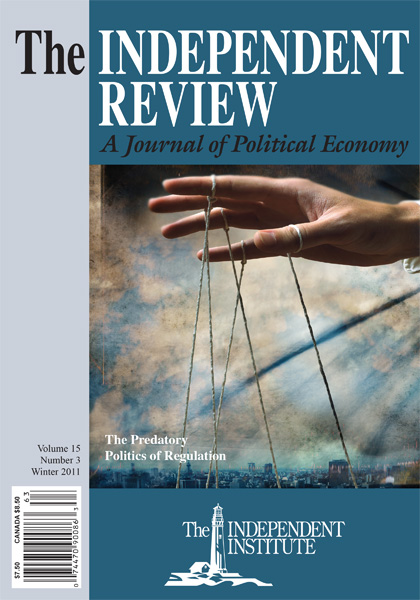Marching, singing, and dancing with others foster cooperation, according to recent research. That quality may explain why the pioneering theorist of social cooperation, Adam Smith, infused The Theory of Moral Sentiments with the language of music and harmony.
Article
In an article in Psychological Science entitled “Synchrony and Cooperation,” Scott C. Wiltermuth and Chip Heath tell how marching, singing, and dancing conduce to cooperation. They report on three experiments showing that greater cooperation in public-goods games occurred in the variant in which subjects either had previously been put to marching together (as opposed to walking normally) or were singing or moving in synchrony. They note that “[t]he idea that synchronous movement improves group cohesion has old roots” (2009, 1) and cite Emile Durkheim’s writings as well as several more recent works of historical anthropology and psychology.
Here we examine the place of language denoting musicality or synchrony in the works of Adam Smith. His first book, The Theory of Moral Sentiments ([1759] 1982), is suffused with the sense that synchrony is fundamental to human sympathy, cooperation, and
| Other Independent Review articles by Daniel B. Klein | ||
| Summer 2023 | The Tao Exposes Slavers to Contempt | |
| Spring 2023 | Instilling Duties above Instilling Rights: Two Features of Adam Smith’s Talk of Justice and Liberty | |
| Summer 2020 | Adam Smith’s Rebuke of the Slave Trade, 1759 | |
| [View All (18)] | ||










